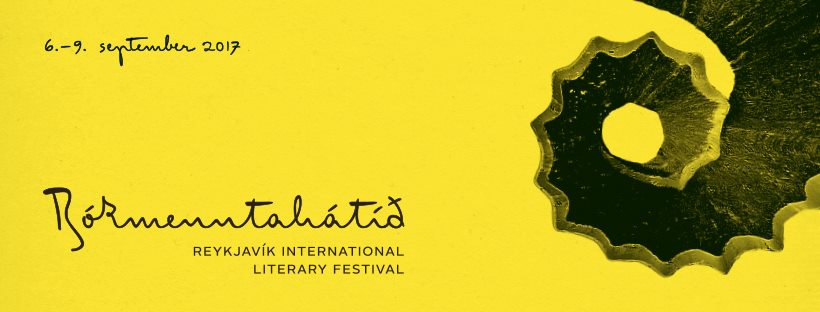Icelandic Literary History In a Nutshell Posted by Meg on Aug 31, 2017 in Icelandic culture, Icelandic history
As many of you know, I study Icelandic language in Reykjavik, and I am a translator by trade. I work with a number of languages, but Icelandic is chief among them. I lived in New York for several years, growing my talents as a translator and laying the groundwork for a fruitful life of literature. But I reached a point at which I began to feel the strain of distance from the language I intended to spend my life with.
That’s when I moved to Reykjavik.But integration is much more complex and difficult.
So the first thing I did – after moving into my apartment and starting classes – was get moving. Because integrating into Icelandic society isn’t easy. You won’t be chased. You have to give chase. The ubiquitous phrase þetta reddast comes to mind: the type of calm acceptance it implies approaches, to me, a sort of expectation that things will come to you. And so it was my task to step up to the challenge. I took the plunge.
In some cases, I mean this literally: I went sea swimming with the first Icelandic woman to swim the English channel. She literally helped me to breathe, less than a month into my life here.
But I also took on projects. I want to tell you about one of them (yes, that’s the reason for this long preamble).
I work for the Reykjavik International Literary Festival which, surprisingly, only happens once every two years. It’s hosted numerous Nobel prize winners, Pulitzer prize winners, Man-Booker prize winners. It’s hosted some of the most extraordinary authors to have walked this earth: Margret Atwood, Günter Grass, José Saramago, Haruki Murakami, and THE KURT VONNEGUT. It’s chief purpose is to bring together writers and readers, journalist and publishers from all over the world to the UNESCO City of Literature.
And it starts next week.

Iceland’s relationship to literature is long and winding. Early settlers had a surplus of sheep for vellum, and little else – e.g., they didn’t have the tools to make a plethora of instruments, to take up sculpture, or visual art. And so they wrote down their sagas, poetry, oral histories.
In the 16th, 17th, 18th centuries, Icelandic families gathered in the evening to recite stories to one another. Typically, the head of the house would tell the stories to the family at that time. Literacy was low at this point, manuscripts, rare. But if they did happen to have a scrap of vellum, as in the book Iceland’s Bell, they’d use it to patch a shoe, or stuff a pillow – they didn’t know it’s value, and it was a good insulator.
There were also traveling storytellers during this (very long) time period. They would come to your farm, where they might tell fairy tales, or tell you some gossip about the other farmers. In exchange, you’d offer a meal and a bed for the night, if you could.
Books became a more common object early in the 20th century, or late in the 19th century. But the first Icelandic bible – called Guðbrandsbiblía – was printed in Iceland in 1584. It was printed in 500 copies, and the work took two entire years to complete.
Flash forward to the present. Why are books so important in Iceland? I ask my Icelandic colleague–an ethnographer by education–at the Book Festival. She replies, and I’m paraphrasing her Icelandic, “Books are the oxygen needed to keep our language alive. They connect us to our roots – reminding us both of the atrocities of our ancestors, and their triumphs. They’re a wonderful warning of the power of memory to change the present. They change us. And we need them to help us to grow ourselves.”
She adds, “In Icelandic, there is a special word for writing. Að yrkja. It means both “to compose” and ‘to till a field, to cultivate.’ I think that’s pretty much how Icelanders feel about writing.”

Build vocabulary, practice pronunciation, and more with Transparent Language Online. Available anytime, anywhere, on any device.




Comments:
Irina:
Hi Meg – thank you for all the work you do on this blog! Just wanted to tell you that there are people reading and appreciating it. Irina (I study Icelandic on my own just out of interest for everything viking-related).